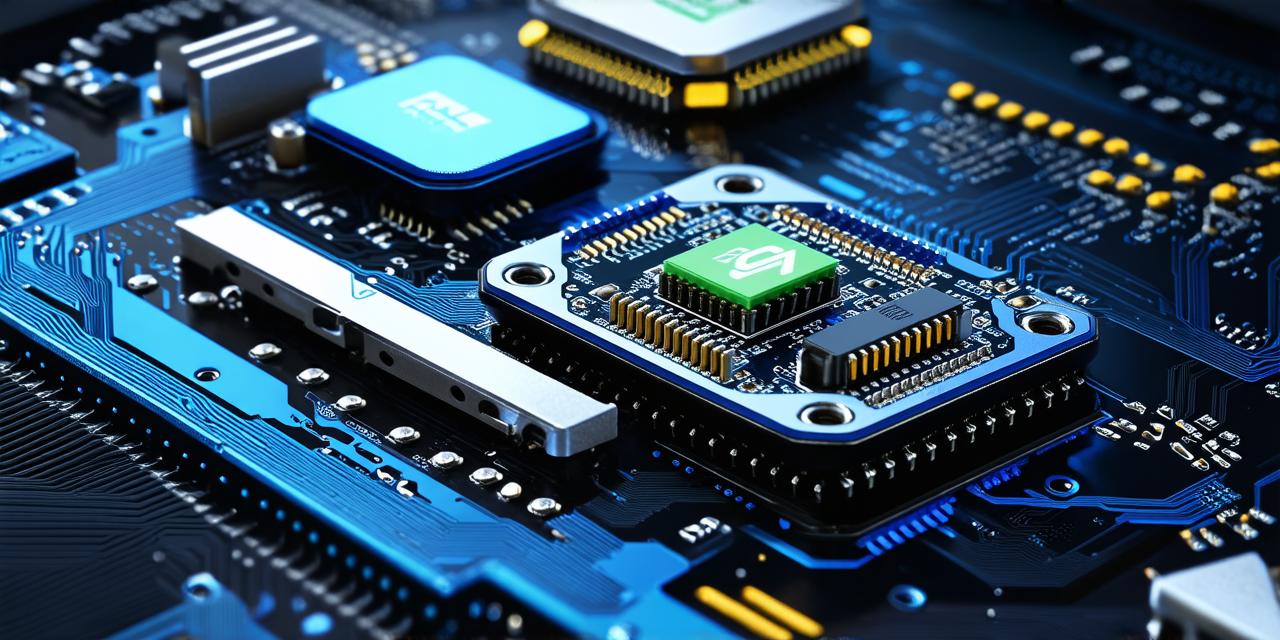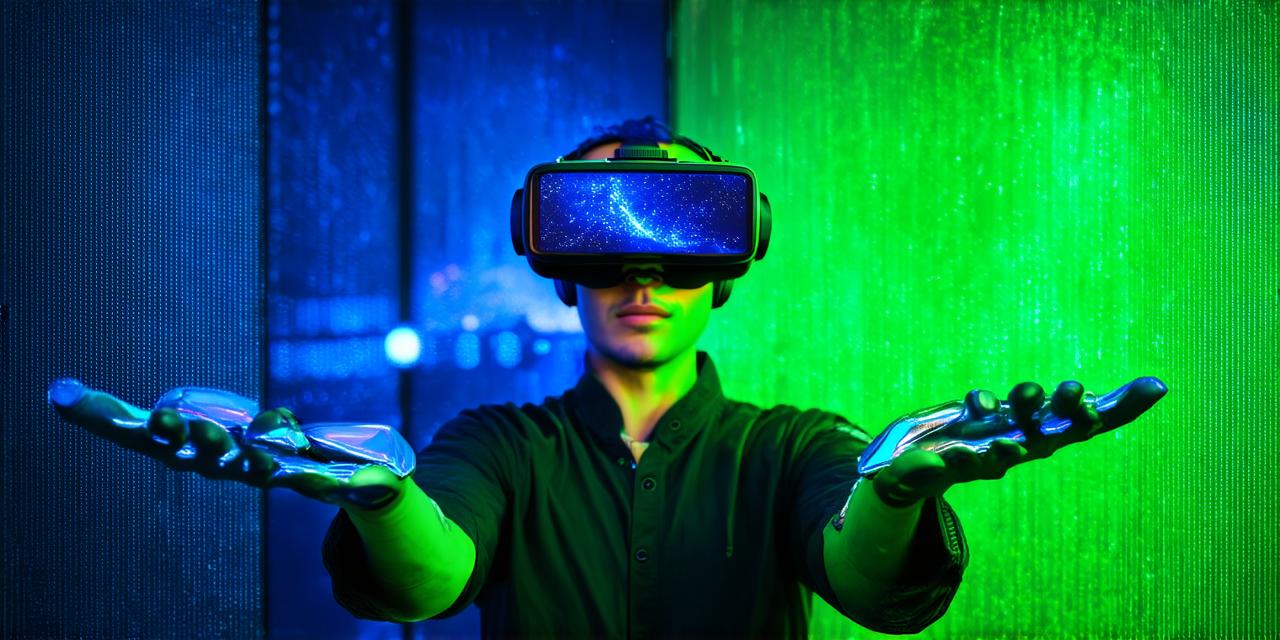XR is a term that has gained popularity in recent years, especially in the tech industry. It stands for “extended reality,” which refers to any technology that enhances or extends human perception and interaction with the physical world. In this article, we will explore the meaning of XR and its various applications.
What is XR?
XR is a broad term that encompasses a variety of technologies that aim to enhance or extend human perception and interaction with the physical world. These technologies include virtual reality (VR), augmented reality (AR), mixed reality (MR), and other emerging technologies such as haptic feedback, gesture recognition, and spatial audio.
Virtual Reality (VR):
VR is a technology that creates an immersive, simulated environment that users can interact with using specialized headsets or displays. VR has various applications in gaming, entertainment, education, healthcare, and more. It allows users to experience a virtual world as if they were physically present, providing a highly engaging and interactive experience.
Augmented Reality (AR):
AR is a technology that overlays digital information onto the real world, enhancing or augmenting the user’s perception of their surroundings. AR has various applications in education, marketing, entertainment, and more. It allows users to interact with digital content in real-time, providing a seamless and natural experience.
Mixed Reality (MR):
MR is a technology that combines VR and AR technologies, creating a hybrid environment where digital content can be seamlessly integrated into the real world. MR has various applications in entertainment, education, healthcare, and more. It allows users to interact with digital content in a natural and intuitive way, providing a more immersive and engaging experience.
Other emerging technologies:
Other emerging technologies such as haptic feedback, gesture recognition, and spatial audio are also used in XR applications. Haptic feedback provides tactile sensations that simulate the feeling of touch, while gesture recognition allows users to interact with digital content using hand gestures. Spatial audio provides a 3D sound experience that enhances the user’s sense of presence in a virtual environment.
Conclusion:
XR is a term that encompasses a variety of technologies that aim to enhance or extend human perception and interaction with the physical world. VR, AR, MR, and other emerging technologies are all used in XR applications to provide highly engaging and immersive experiences. As XR continues to evolve, we can expect to see even more innovative and exciting applications emerge in various industries.



